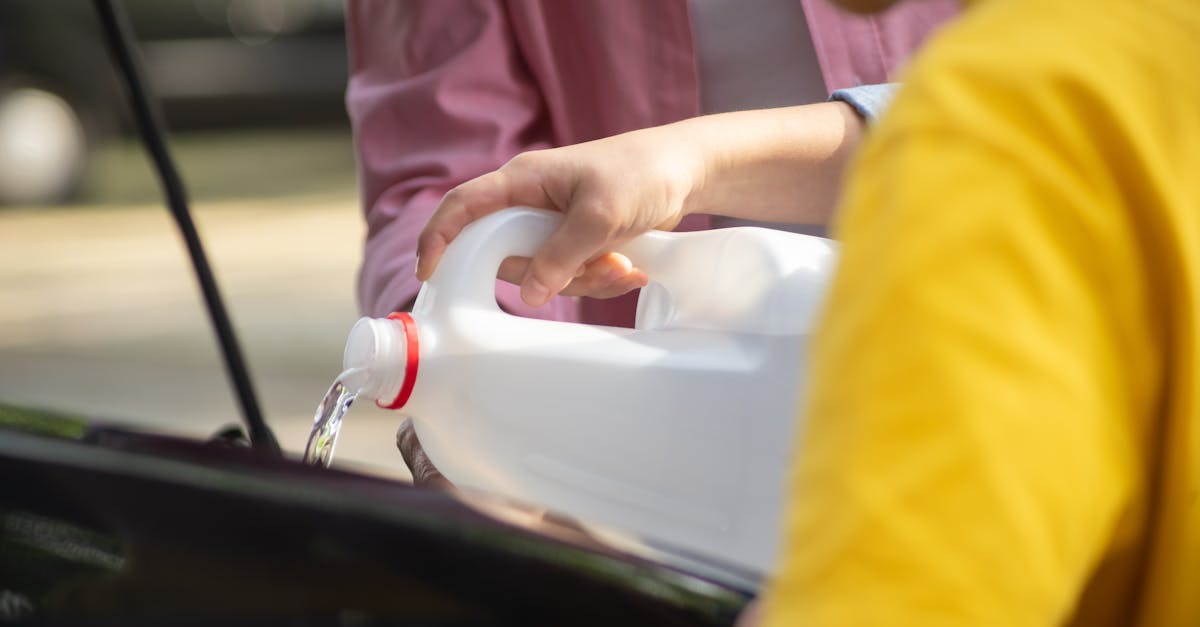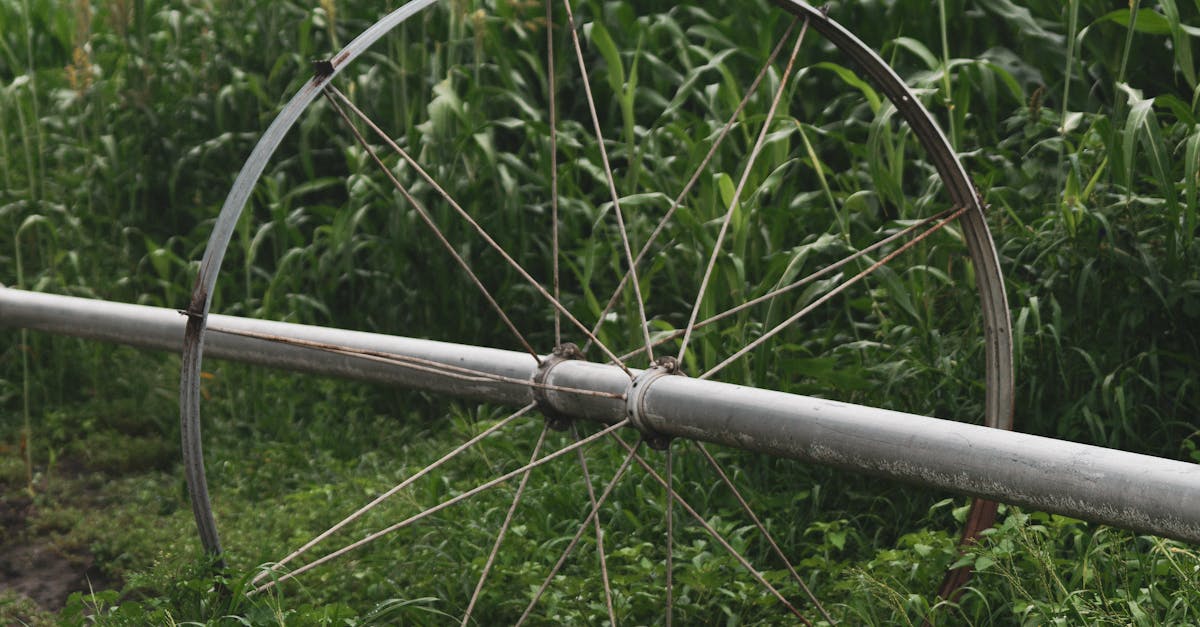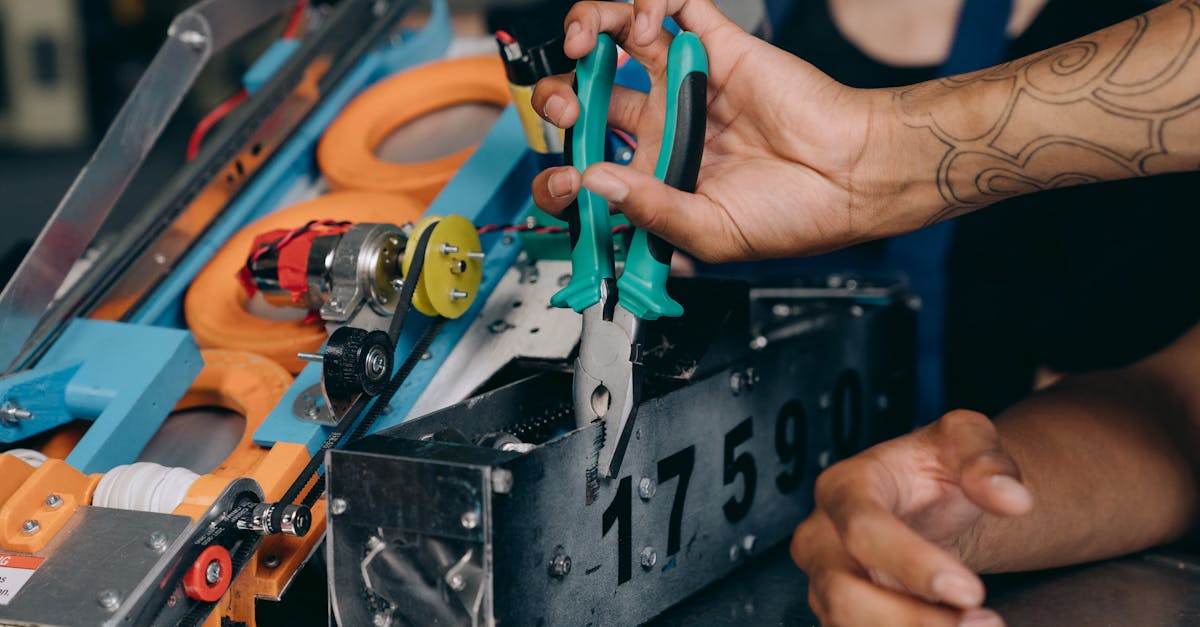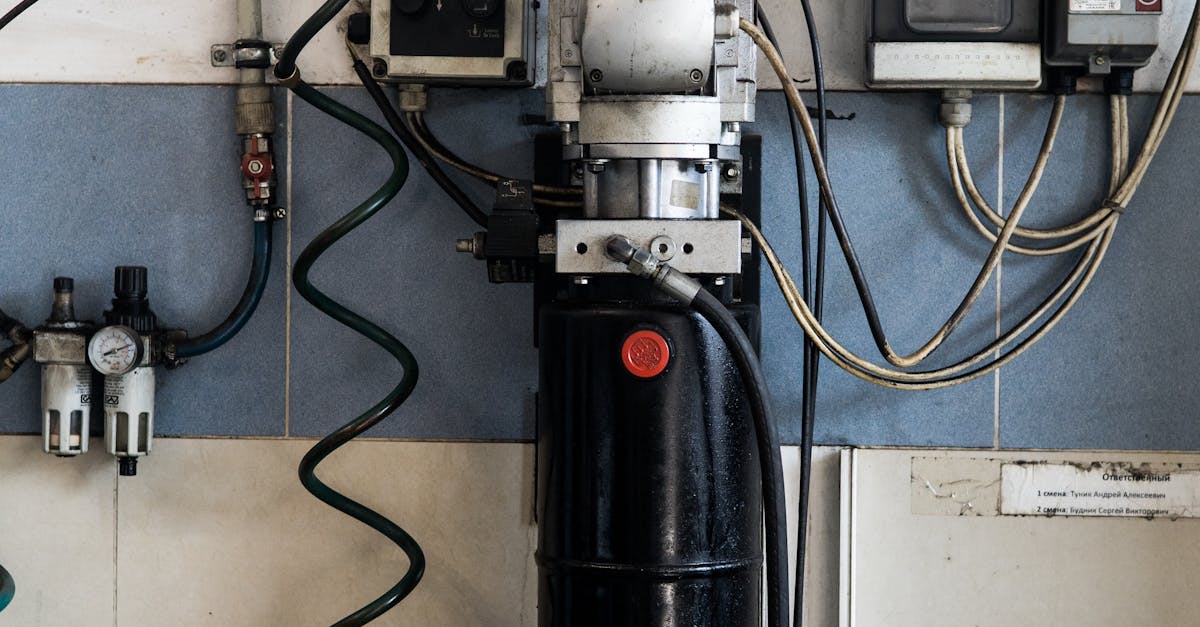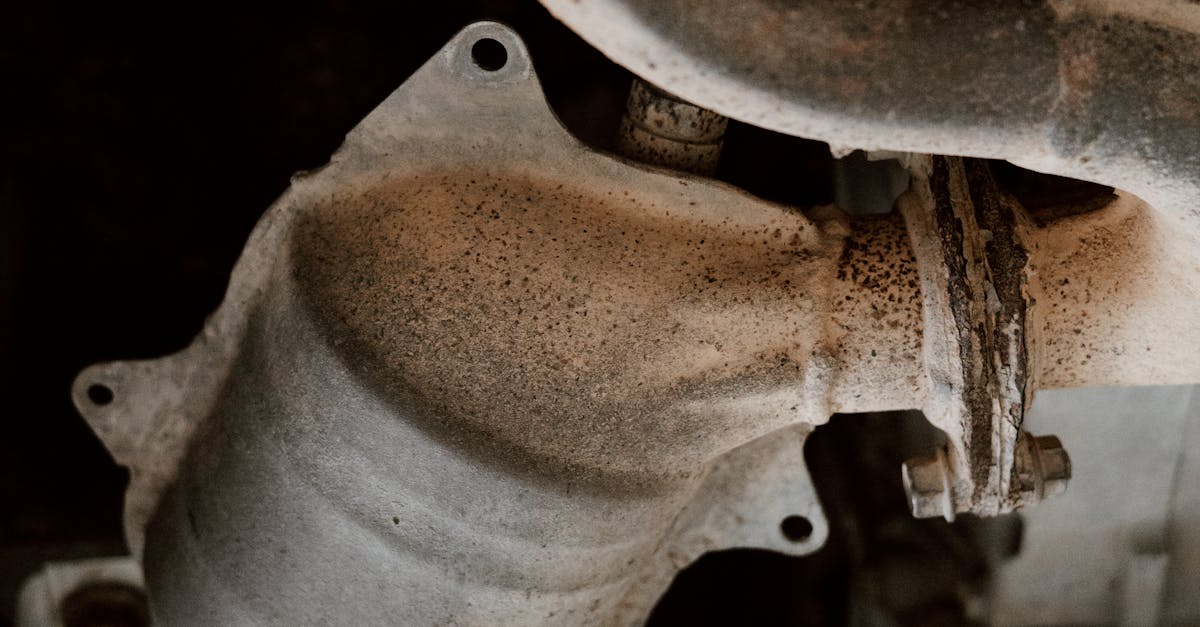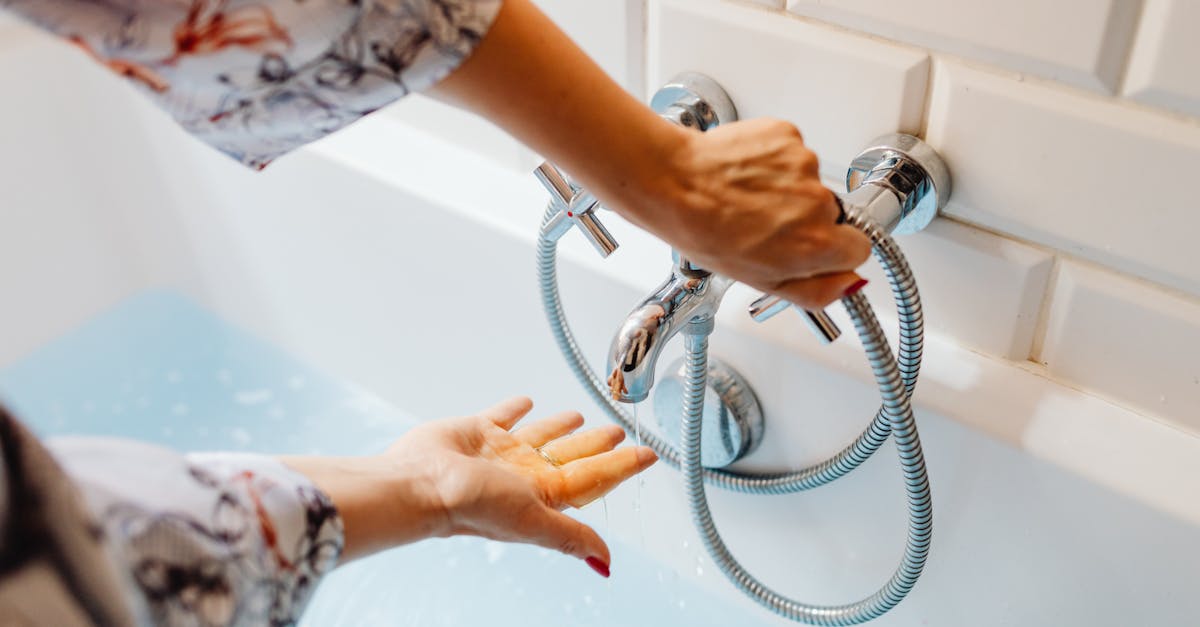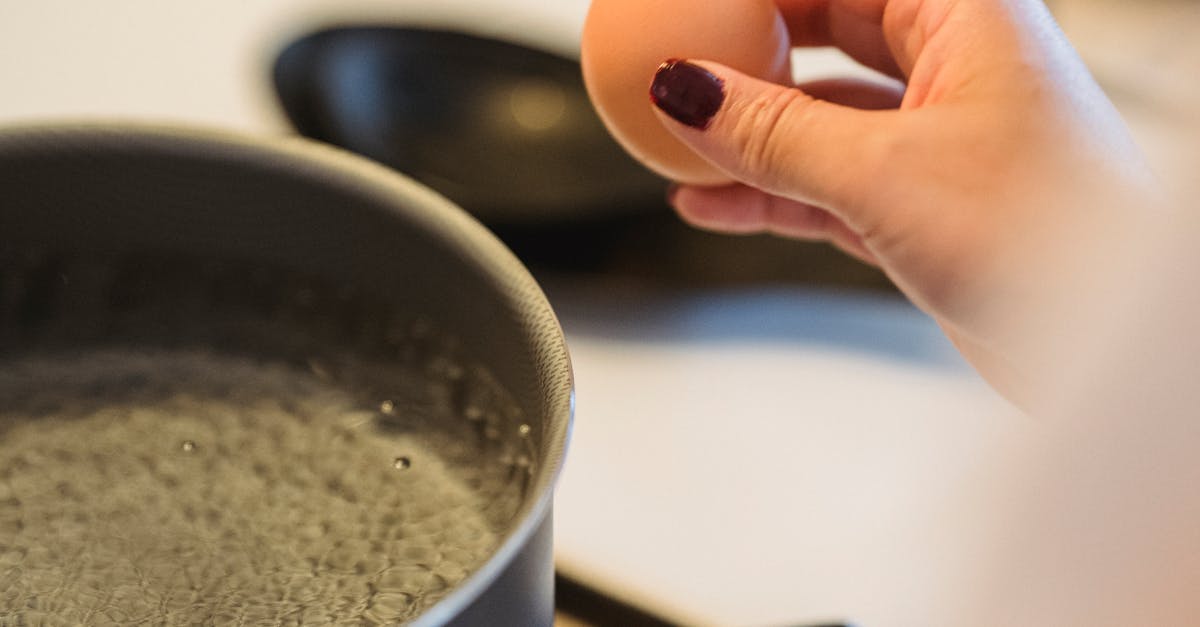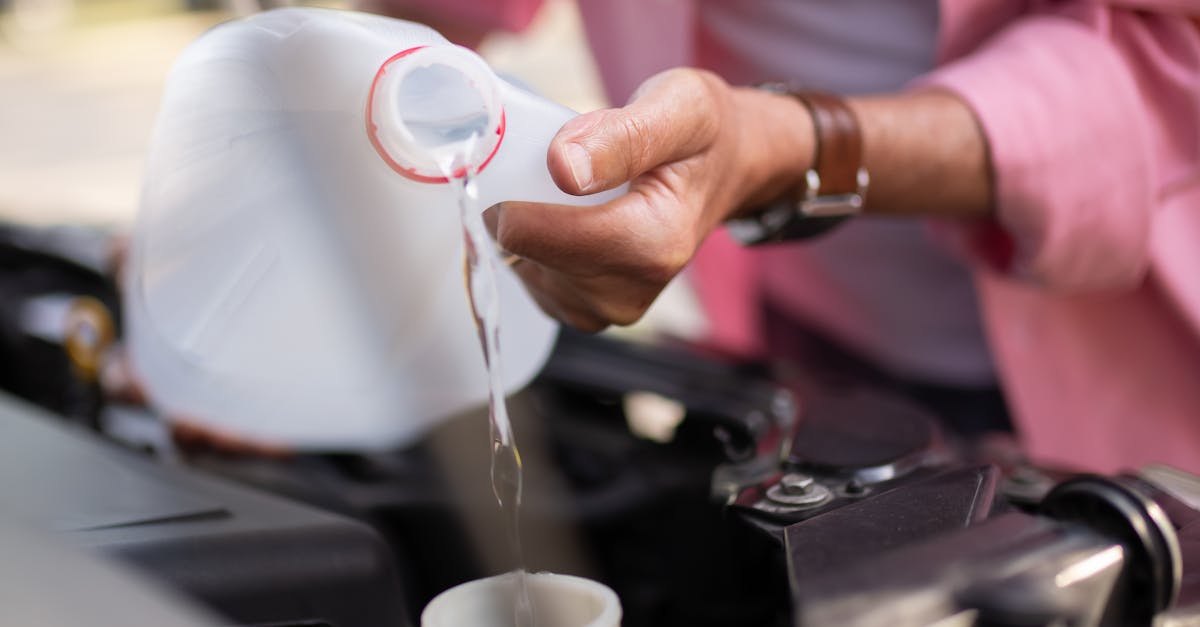
Table Of Contents
Checking the Thermostat Settings
The thermostat settings play a crucial role in the overall performance of your hot water system. Ensuring that the thermostat is set to the appropriate temperature is essential for both efficiency and safety. The ideal setting usually falls between 60 to 65 degrees Celsius. Lower settings can lead to bacteria growth, while higher settings may increase the risk of burns.
Checking these settings periodically can help prevent potential issues that may require hot water system repair. If adjustments need to be made, you can do so either manually or through a digital display, depending on your system type. Regular checks not only enhance the system's effectiveness but also extend its lifespan.
Ensuring the Correct Temperature
Checking and ensuring the correct temperature of your hot water system is paramount for both safety and efficiency. Ideal settings typically range from 60 to 65 degrees Celsius. Maintaining this range helps to prevent scalding injuries, especially for young children and the elderly. Regularly monitoring the temperature not only enhances safety but also optimises energy consumption. Adjusting the thermostat may be necessary if you notice fluctuations in water temperature, signalling that it requires attention.
If issues persist after adjusting the thermostat, it's wise to consider a professional assessment. Problems such as thermostat malfunction or sediment build-up can complicate the temperature regulation process. In these cases, seeking hot water system repair can ensure that your system operates effectively and adheres to safety standards. By prioritising these checks, you can prevent more significant problems that could lead to costly repairs in the future.
Flushing the Hot Water System
Flushing the hot water system is an essential maintenance task that helps ensure its longevity and efficiency. Over time, sediment and minerals can accumulate within the tank, leading to reduced performance and potential damage. Regular flushing removes this buildup, preventing issues that might require hot water system repair. It is generally recommended to flush the system at least once a year, although individual water quality and usage may dictate more frequent servicing.
To flush the system, start by turning off the power supply to the unit and shutting off the cold water inlet. Next, attach a garden hose to the drain valve at the bottom of the tank, directing the other end to a suitable drainage location. Open the drain valve and allow the water to flow until it runs clear, which indicates that most of the sediment has been removed. This process not only maximises efficiency but also extends the life of your system, reducing the likelihood of costly repairs in the future.
Benefits of Regular Flushing
Flushing a hot water system on a regular basis is essential for maintaining its efficiency and longevity. Over time, sediment and minerals can build up in the tank, leading to a range of issues, including reduced heating efficiency and unpleasant odours. This buildup can significantly affect the performance of the system, making it necessary to use more energy to heat the water, ultimately leading to higher utility bills. By flushing the system, you remove these deposits, which helps to ensure that the unit operates smoothly and uses energy more effectively.
Regular flushing also helps prevent costly hot water system repairs. When sediment accumulates, it can cause corrosion and wear on vital components, which may result in leaks or complete system failure. By keeping the hot water system free from sediment accumulation, you significantly reduce the risk of these problems arising. This proactive maintenance not only saves money on repairs but also extends the lifespan of the appliance, making it a worthwhile practice for any homeowner.
Replacing Anode Rods
Anode rods play a crucial role in the longevity of a hot water system. They are designed to attract corrosive elements in the water, effectively protecting the tank from rust and damage. Over time, these rods corrode and will need replacement to maintain the integrity of the system. A visual inspection can help determine their condition. If they appear heavily corroded or have diminished significantly, it's time to consider replacing them as part of your hot water system repair.
Replacing anode rods is a relatively straightforward task, but it requires some preparation and the right tools. First, ensure the power supply to the system is turned off and the water is drained to a safe level before beginning the replacement. Regular maintenance, including anode rod inspection, can prevent more extensive damage and costly repairs down the line. Keeping track of when the last replacement occurred will help in planning the next service to ensure the hot water system continues to operate effectively.
Importance of Anode Rod Maintenance
Anode rods play a crucial role in preventing corrosion within your hot water system. These metal rods, typically made of magnesium or aluminium, are designed to attract corrosive elements in the water, which helps to protect the tank from premature deterioration. Over time, anode rods can become depleted and lose their effectiveness, leading to significant damage to the tank itself. Regular inspections and timely replacements are essential to ensure the longevity of your system and avoid costly hot water system repair.
Neglecting the maintenance of anode rods can result in rust and sediment build-up, which compromises the efficiency of the entire hot water system. When the tank corrodes, not only does it become less efficient, but it can also lead to leaks or complete failure. Keeping track of when the anode rod was last replaced and scheduling routine checks helps maintain optimal performance and prolongs the life of your hot water system, ultimately saving you money on future repairs.
FAQS
How often should I check the thermostat settings on my hot water system?
It’s advisable to check the thermostat settings at least once a year to ensure they are set to the optimal temperature for efficiency and safety.
What is the recommended temperature for hot water systems?
The recommended temperature for hot water systems is typically between 60°C and 65°C to prevent the growth of bacteria while ensuring comfort.
How frequently should I flush my hot water system?
It is recommended to flush your hot water system at least once a year to remove sediment build-up and improve efficiency.
What are the benefits of regularly flushing my hot water system?
Regular flushing helps to enhance the efficiency of the system, prolong its lifespan, and improve water quality by removing sediment and mineral deposits.
Why is it important to replace anode rods in my hot water system?
Replacing anode rods is crucial as they help prevent corrosion of the tank. Regular maintenance of anode rods can extend the life of your hot water system significantly.

